
EXPERIENCE | TOKIMEKI SADO NIIGATA TOURISM ZONE
NIIGATA
-
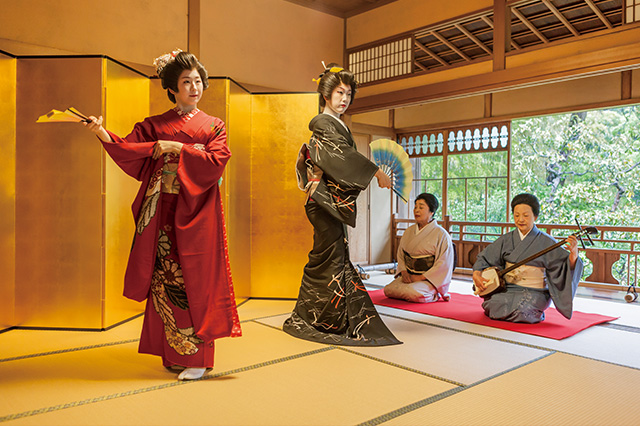
Niigata Furumachi Geigi(Geisha)
Traditional DanceThe Niigata Furumachi Geigi (geisha) district in downtown Niigata ranks alongside Kyoto's Gion district and Tokyo's Shinbashi geisha area. The geisha scene here was very lively 200 years ago, as seafaring visitors delighted in the lovely dances and treats of geisha society.This experience program, held in the classical Japanese residence, allows private groups to watch the Niigata Furumachi Geigi perform traditional dances.
- Please inquire for details.
- Niigata Visitors & Convention Bureau
TEL 025-223-8181
Email nvcb@nvcb.or.jp
-
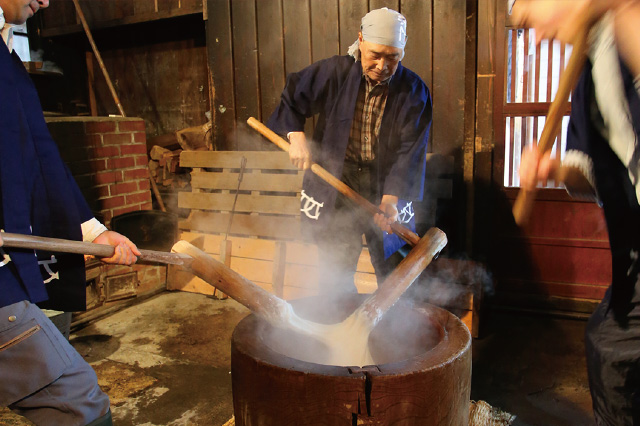
Mochi Pounding,
a Unique 150-year-old MethodOne of Japan's oldest customs and tradition is pounding mochi, or rice cake,before every new year. The ancestor of the Ito family, a historical greatestlandowner, developed the quick production technique called three-pounder method, which has been handed down over 150 years. Participants can jointhe mochi-pounding workshop with specialists. Fresh mochi is very delicious.
- 2000 yen each person (with an admission charge of the museum) for a group of 10 or more.Contact if a group is less than 10.
- The Northern Culture Museum
TEL 025-385-2001
Email ncm2006@vanilla.ocn.ne.jp
-
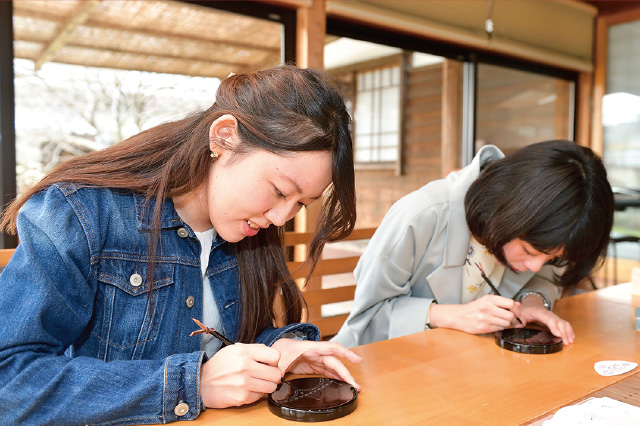
Experience making gold inlaid
NIigata laquerwareDuring the Edo Period (1603 to 1868), Niigata Port was one of the ports for the marine transportation business. Many cultural influences, as well as commercial goods, were brought in from the other regions of the country. One of those art influences was the lacquer painting technique, which is believed to have begun 400 years ago. This workshop provides people an opportunity to make Niigata Lacquer-wares. Participants can carve designs and/or pattern on the ware, then gold powder will be applied over them.
- 3000 yen each person (with an admission charge of the museum) for a group of 10 or more. Contact if a group is less than 10.
- The Northern Culture Museum
TEL 025-385-2001
Email ncm2006@vanilla.ocn.ne.jp
-
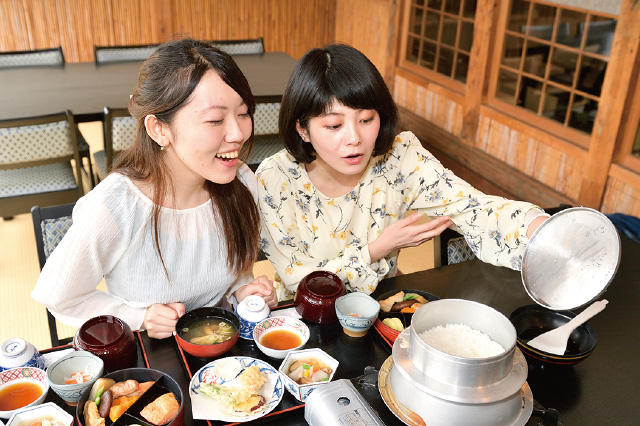
Rice Cooking with Local Cuisines
at the Mansion of a greatest landownerNiigata Prefecture is the largest rice producing region in Japan. The ancestor of the Ito family, a historical greatest landowner, laid the foundation for rice farming culture. Participants can enjoy rice cooking by traditional methods, such as using hagama, or a traditional cooking pot for rice. The rice used for this workshop is Koshihikari. This rice is harvested in the vicinity of the museum. Local cuisines are also served. An admission to the museum is included.
- 2386 yen each person (an admission charge of the museum included)for a group of 2 or more.
- The Northern Culture Museum
TEL 025-385-2001
Email ncm2006@vanilla.ocn.ne.jp
-
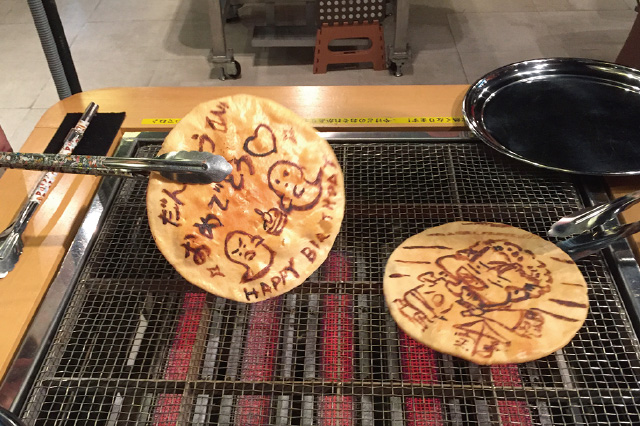
Grilling your original rice crackers
【Niigata Sembei Okoku(Rice Cracker World)】Niigata Prefecture is Japan’s largest producer of rice crackers. At 「Niigata Sembei Okoku」 you can watch rice crackers being made , learn about the grilling process , and try making your original rice crackers.
- Large size rice cracker Making Fee ?1500 yen
- Niigata Sembei Okoku (Rice Cracker World)
TEL 025-259-0161
-
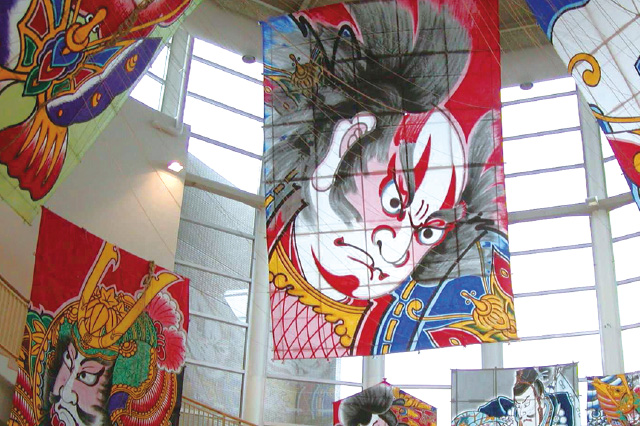
Making your original Kite
【Shirone Kite History Museum】Shirone Kite History museum is the world largest Kite museum that collect not only domestic traditional Shirone-Kite but also foreign rare kite .In this museum, you can try making Japanese Small Kite. Experts of making Kite teach kindly. It is a valuable time to enjoy the making kite.
- Entrance Fee: Adults ?400 yen Elementary, junior and senior high school students ?200 yen Kite Making Fee ?300 yen
- Shirone Kite History Museum
TEL 025-372-0314
please contact us via email at
info@sado-niigata.com
SADO
Please confirm the following travel conditions and other documentation before applying for the tour.


